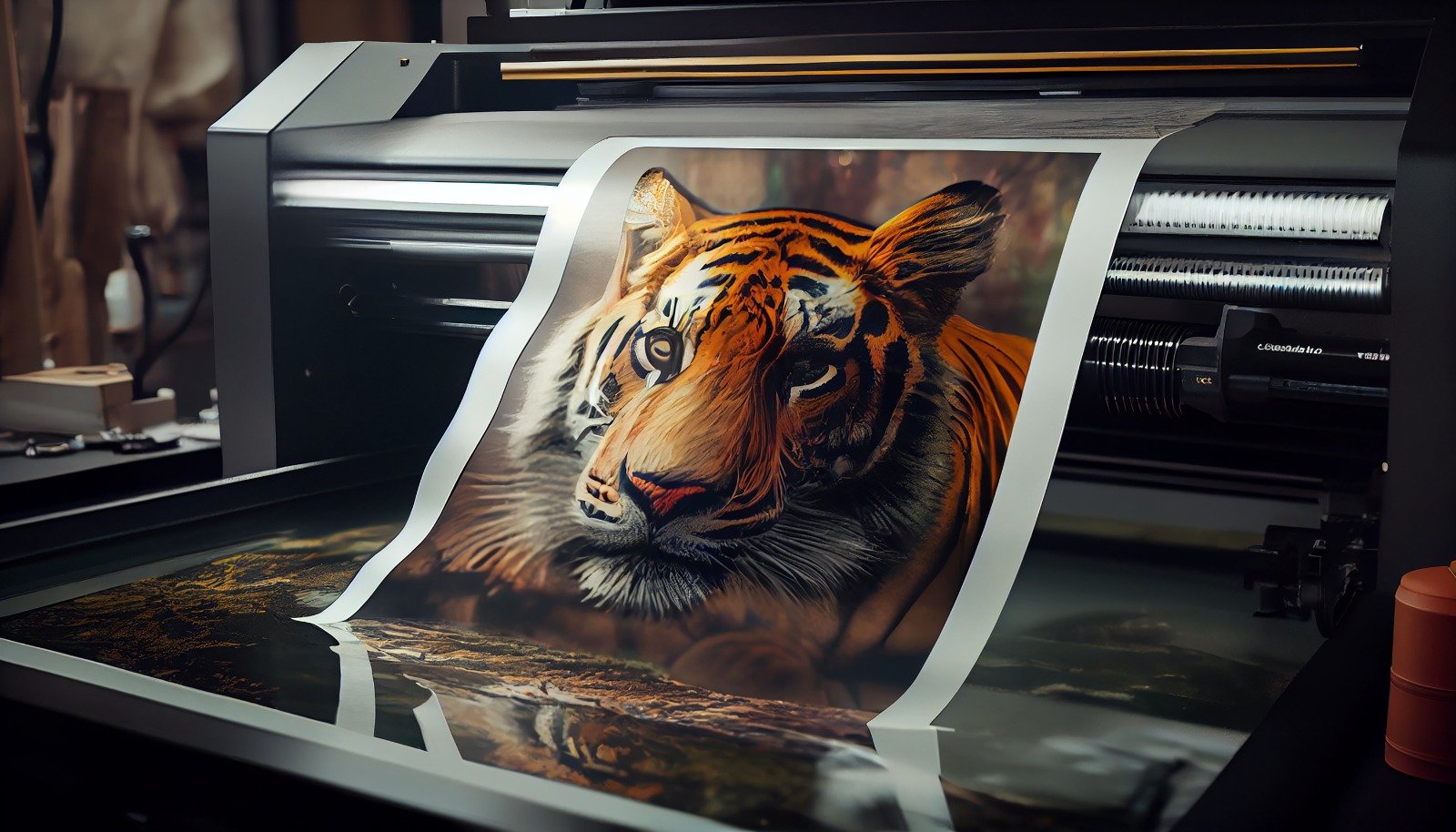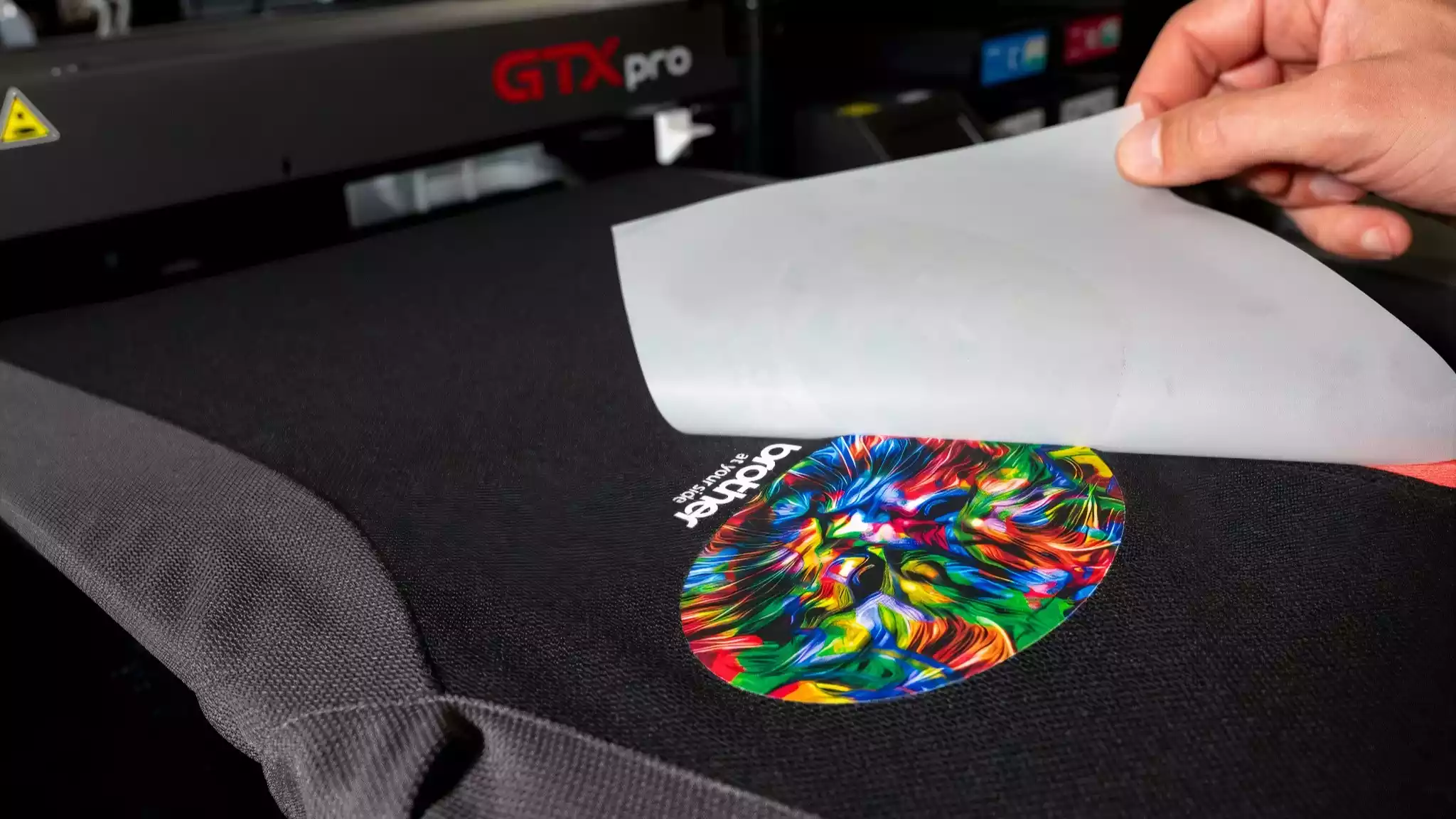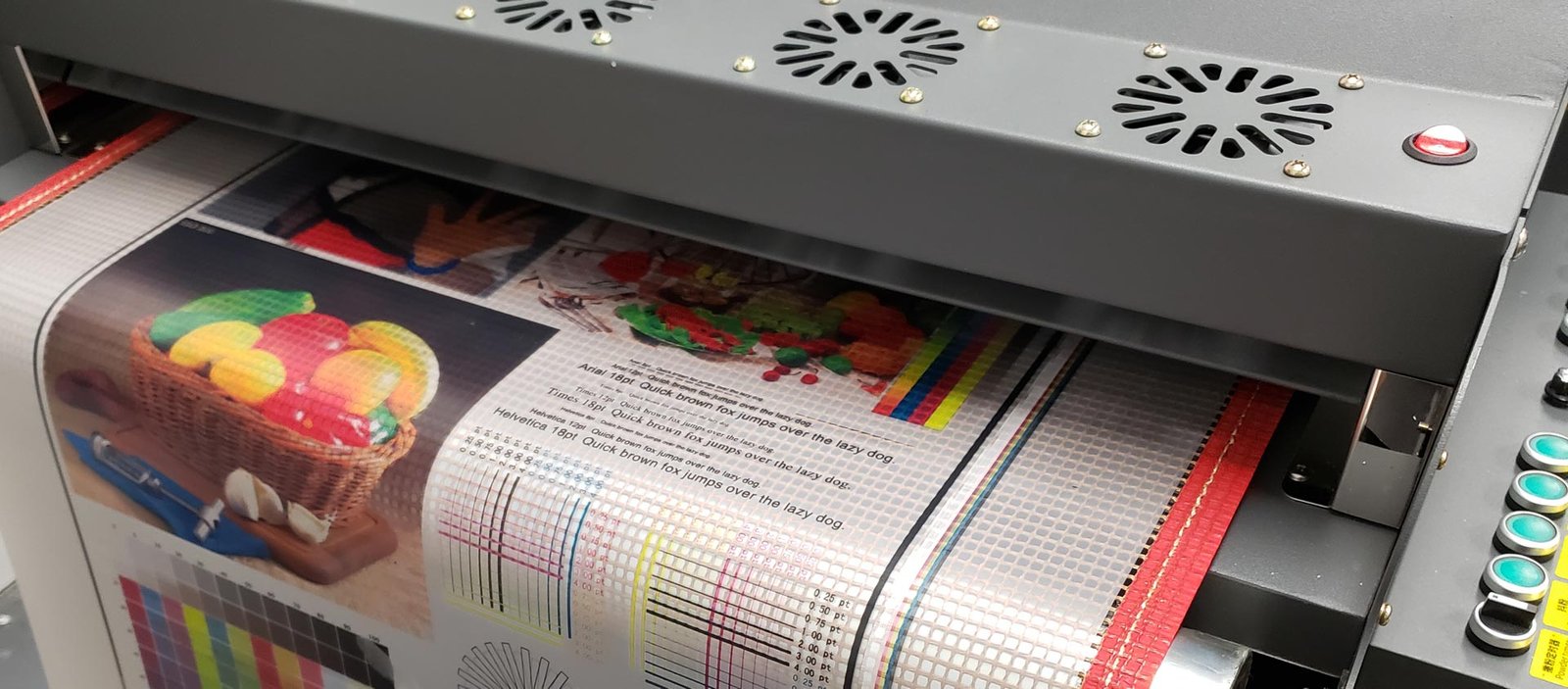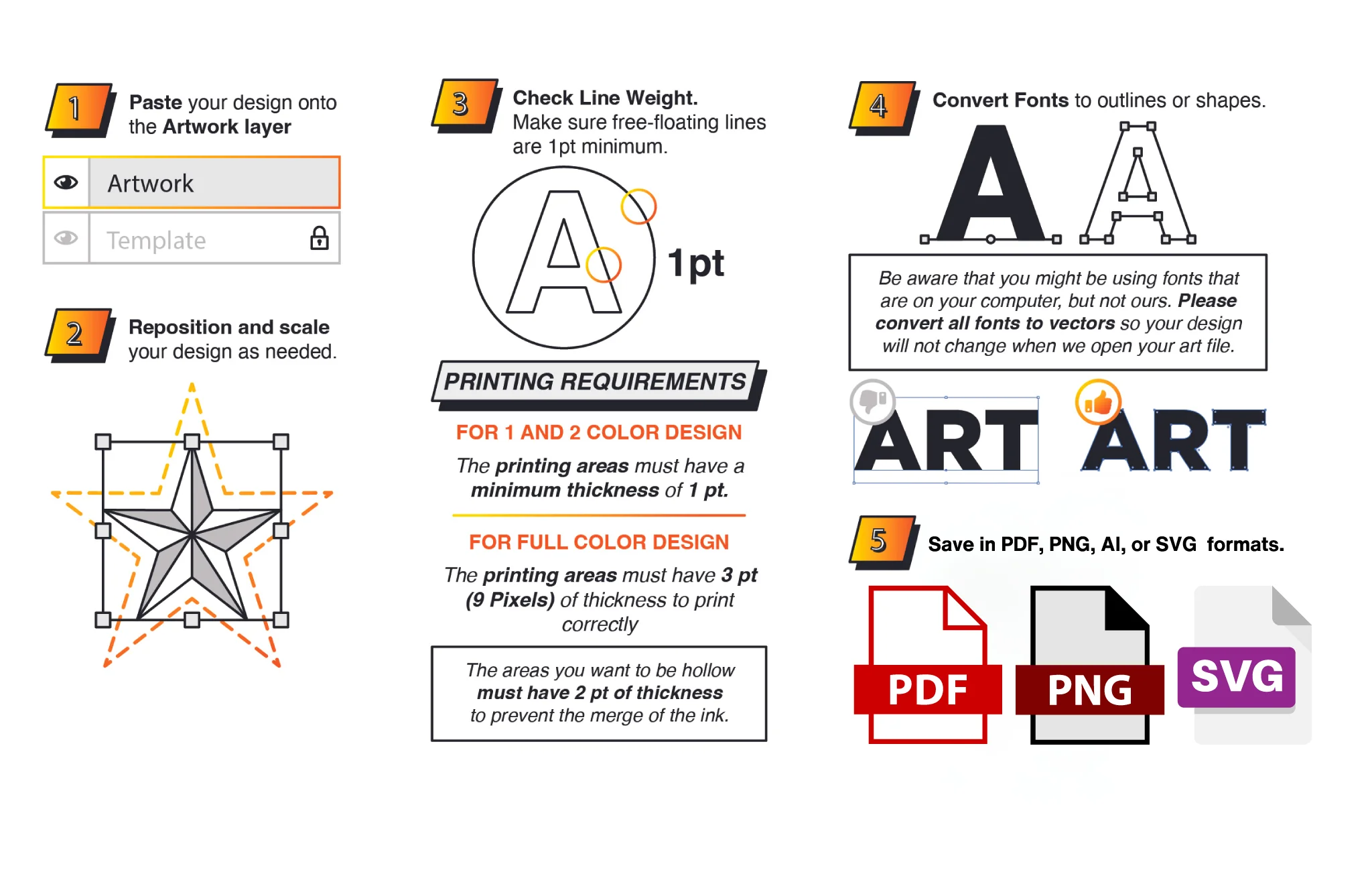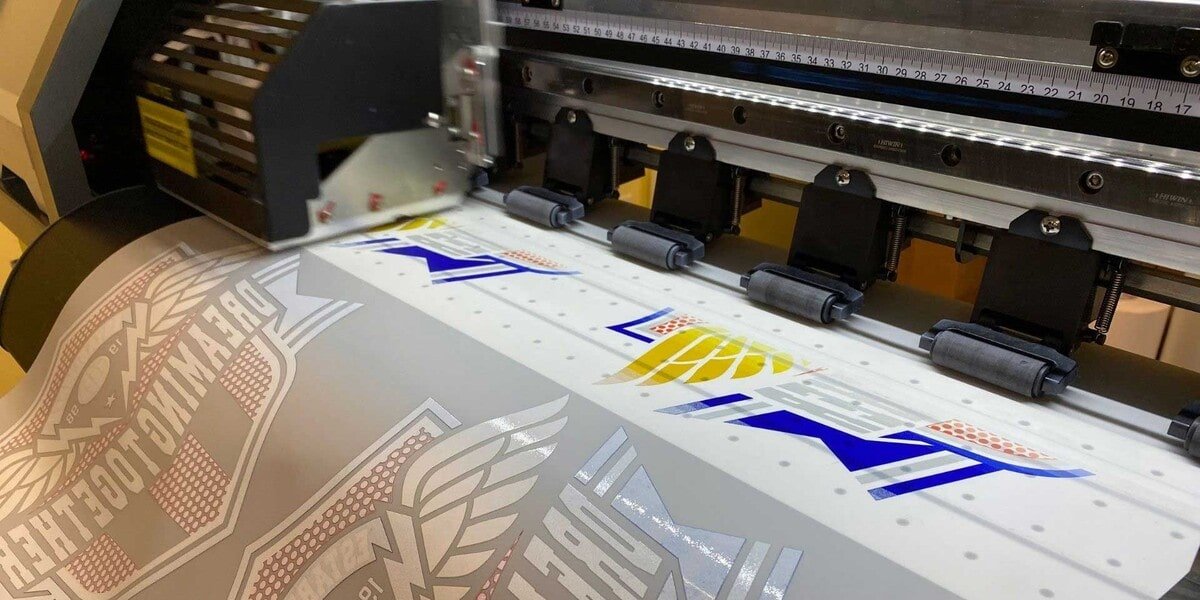When it comes to printing, understanding your options is critical. In a world brimming with choices, Direct-to-Film (DTF) printing emerges as a standout option. Imagine it as your gateway to limitless creativity, unlocking endless possibilities for design and color in your products.
But what does DTF really involve? How does it simplify the complexities of digital printing?
This guide is here to unravel the intricacies of DTF printing, empowering you with the knowledge to confidently explore new dimensions of product customization.
Key Takeaways:
- Direct-to-Film (DTF) Printing: A dynamic technique for creating vibrant, high-resolution designs on various fabrics. It utilizes specialized printers, inks, films, adhesive powder, and a heat press for exceptional results.
- The Process: Designs are printed onto a specialized DTF film, treated with adhesive powder, and then heat-pressed onto the material for durable, full-color prints.
- Advantages: Offers broad compatibility with different fabrics, supports intricate multi-colored designs, and is cost-effective for bulk orders. However, it comes with challenges such as lengthy production times, scalability concerns, and environmental implications.
- Limitations: DTF printing can be time-consuming, pose scaling difficulties, raise material and energy-related environmental concerns, and occasionally result in reduced breathability and texture.
- Choosing the Right Method: The ideal printing technique depends on factors like project specifics, budget, desired quality, fabric choice, and environmental impact. Eco-conscious options like Gelato’s advanced Direct-to-Garment (DTG) printing deliver high-quality, versatile results.
What Is Direct-to-Film (DTF) Transfer?
DTF, or Direct-to-Film transfer, is an innovative garment printing method. Utilizing advanced inkjet technology, it transfers intricate designs onto a specialized film, which is then heat-applied to fabric. This process creates a strong bond between the design and garment fibers, producing exceptional results.
Essential Components for DTF Printing:
- DTF Printer: A custom or modified inkjet printer, often Epson-based, designed for film printing.
- Specialized DTF Inks: Unique CMYK and white under-base inks that adhere effectively to the film.
- DTF Films: Non-adhesive films that temporarily hold the design, inks, and adhesive powder until the heat transfer.
- Powder Adhesive: Ensures strong bonding of the design to the material when melted during the heat press stage.
- Heat Press: Transfers the design from film to fabric, resulting in durable, high-quality prints.
Step-by-Step DTF Printing Process:
- Design Creation: Use graphic design software like Photoshop to craft or edit your design.
- Format Conversion: Prepare and convert the design into a format compatible with DTF printing.
- Film Printing: Print the design onto a release film using vibrant CMY+White inks.
- Adhesive Powder Application: Apply adhesive powder evenly over the design on the film.
- Powder Heating: Melt the adhesive powder to form a uniform layer.
- Design Transfer: Use a heat press to bond the design to the material permanently.
- Final Reveal: Once cooled, peel off the film to reveal a vivid, long-lasting design.
Advantages of DTF Printing:
- Versatility: Prints seamlessly on diverse fabrics and materials, including hats, bags, and shoes.
- Full-Color Capabilities: Brings intricate, vibrant designs to life with no color restrictions.
- Durability: Resistant to wear and wash, ensuring long-lasting vibrancy.
- Cost-Effectiveness: Ideal for bulk production, with lower initial investment and labor costs.
- Fabric Compatibility: Consistently delivers excellent results on a variety of textiles, from cotton to silk.
DTF printing is reshaping the print industry, offering unmatched opportunities for creators and businesses to explore bold, innovative designs and customizable products.


